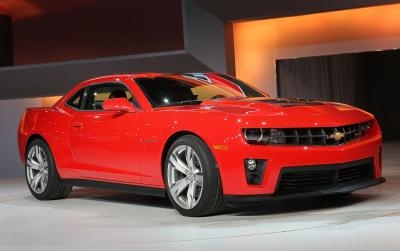
Back in 1996, the government mandated that all automakers switch over to the cleaner and more advance On-Board Diagnostics, Series 2 control system. OBD-II used a wider array of sensors to monitor the engine and emissions system, one of these being a fuel-flow meter. Shortly after standardizing on OBD-II, manufacturers began networking the fuel-meter's input to that of the wheel speed sensors to give the driver real-time information on fuel economy. Almost any car using OBD-II (including some made before 1996) can utilize an aftermarket fuel economy gauge simply by tapping into data that the computer is already collecting.
Locate the OBD-II dagnostic port under your dash. Trapezoidal or rectangular in shape and usually covered with an orange or black plastic or rubber cover, the OBD-II data port is what technicians plug their computers into in order to diagnose the car. The aftermarket economy meter does the same, but collects data in real time from the sensors instead of recording malfunction codes.
Remove the cover and plug the meter's OBD-II compatible plug into your diagnostic port. Procedures will vary from here depending on what kind of vehicle and meter you have. First, plug the fuel meter gauge into the OBD-II port and mount the gauge wherever you need it, using double-sided tape. This is to make sure you have enough signal wire to reach your desired mounting point. Tuck the wire up against the dashboard and secure it with several small pieces of double-sided tape. Unplug the meter from the port.
Start the car and connect the plug the connector back in. After this, you'll probably be able to leave the meter plugged in, though this may depend on the brand of meter you buy. The gauge gets all of the power it needs from the OBD-II connector, and it will automatically detect and adjust to your car's programming protocol. At this point the gauge is functional and should give you real-time information on fuel economy, as well as averages and range estimates.